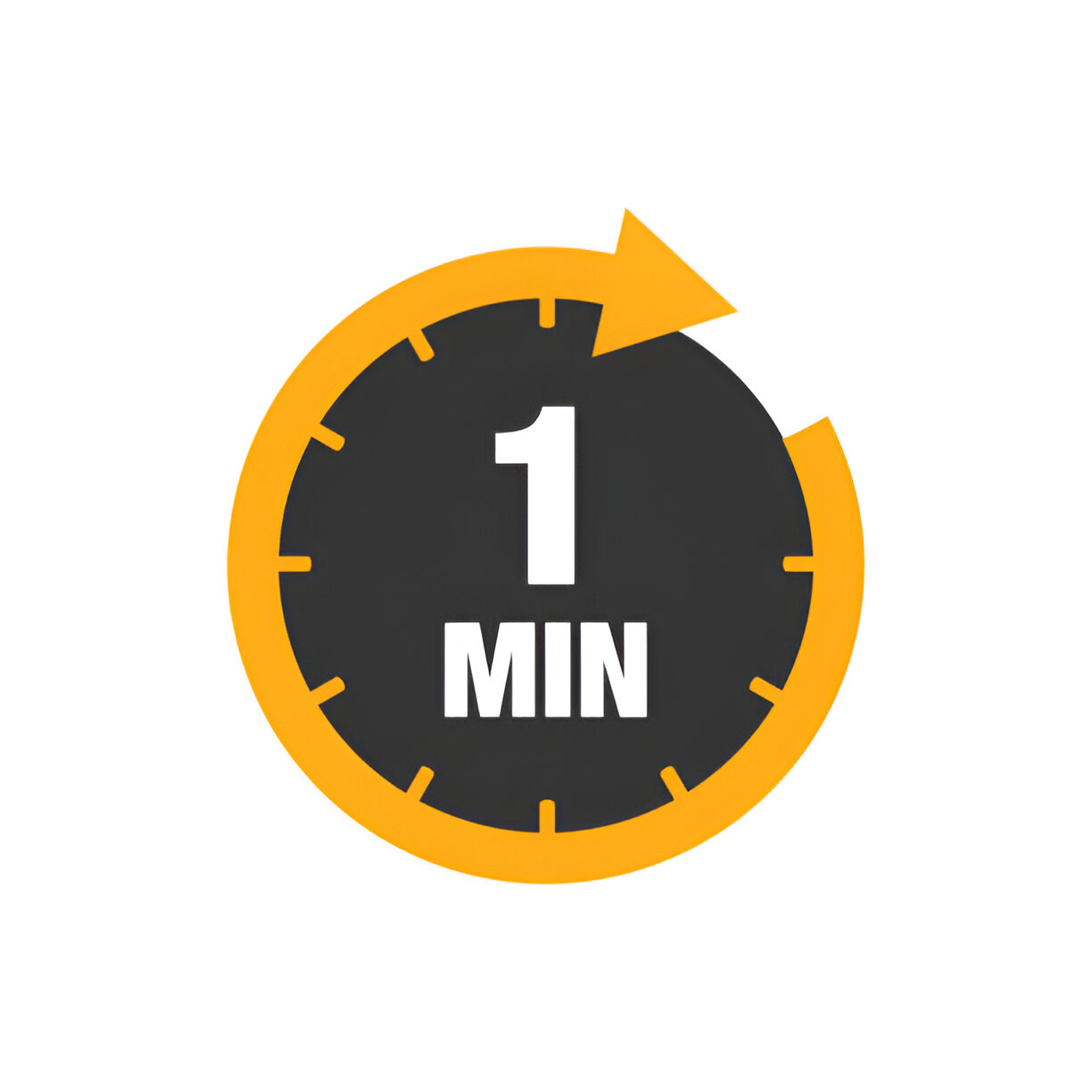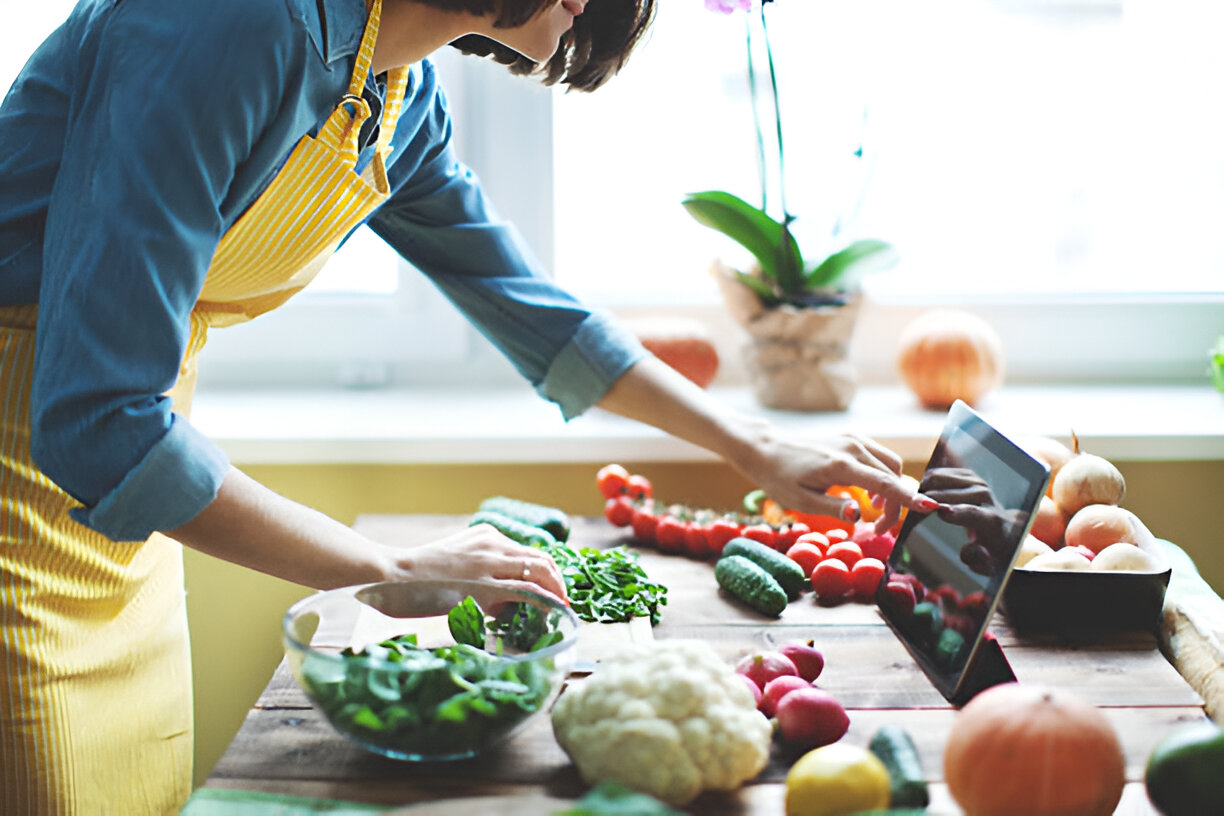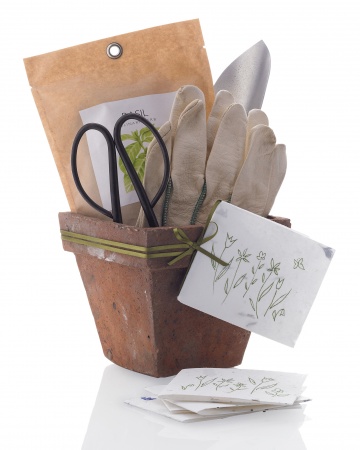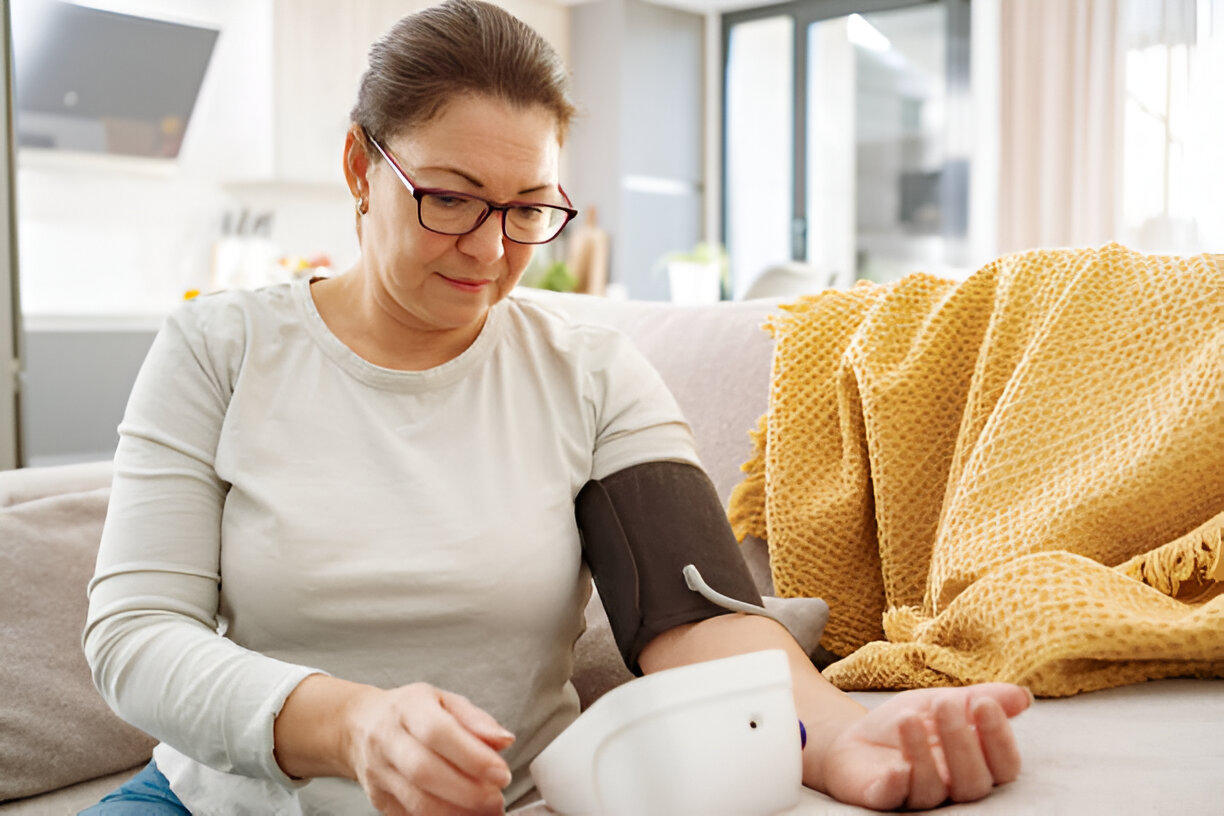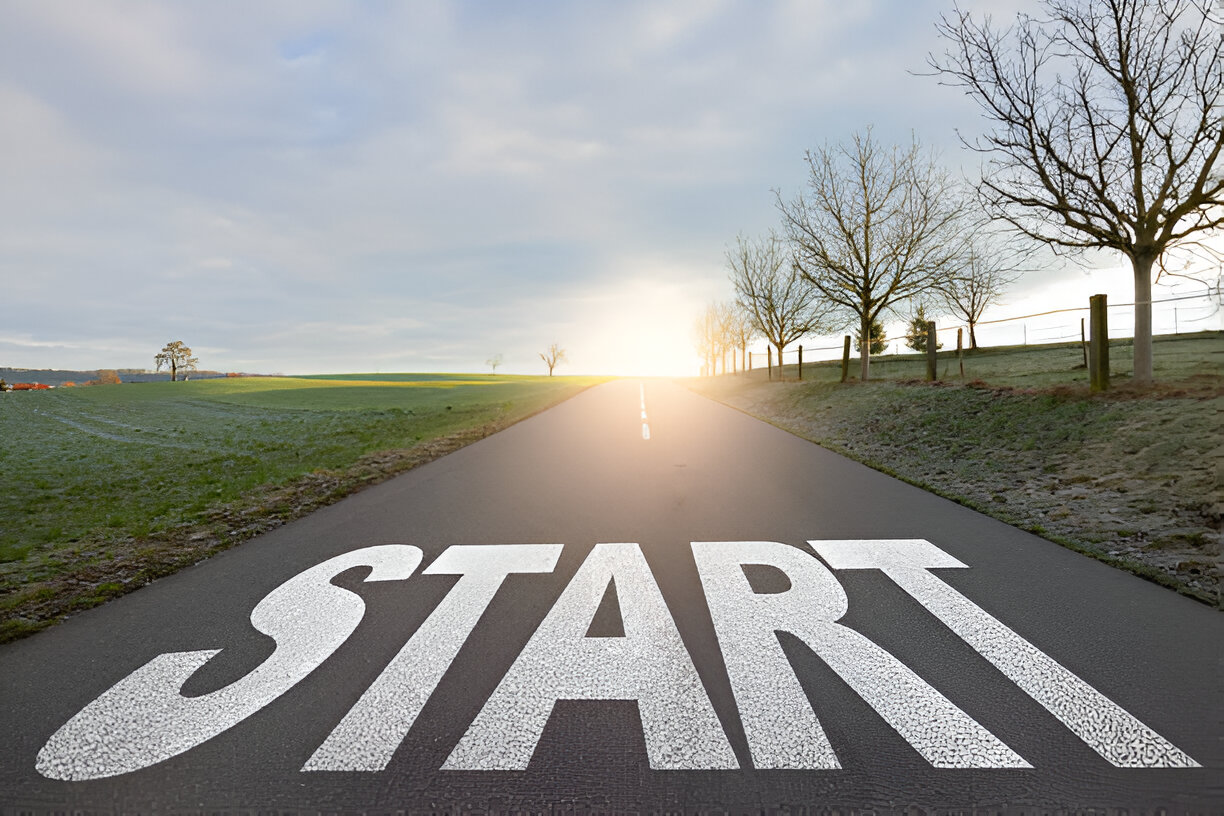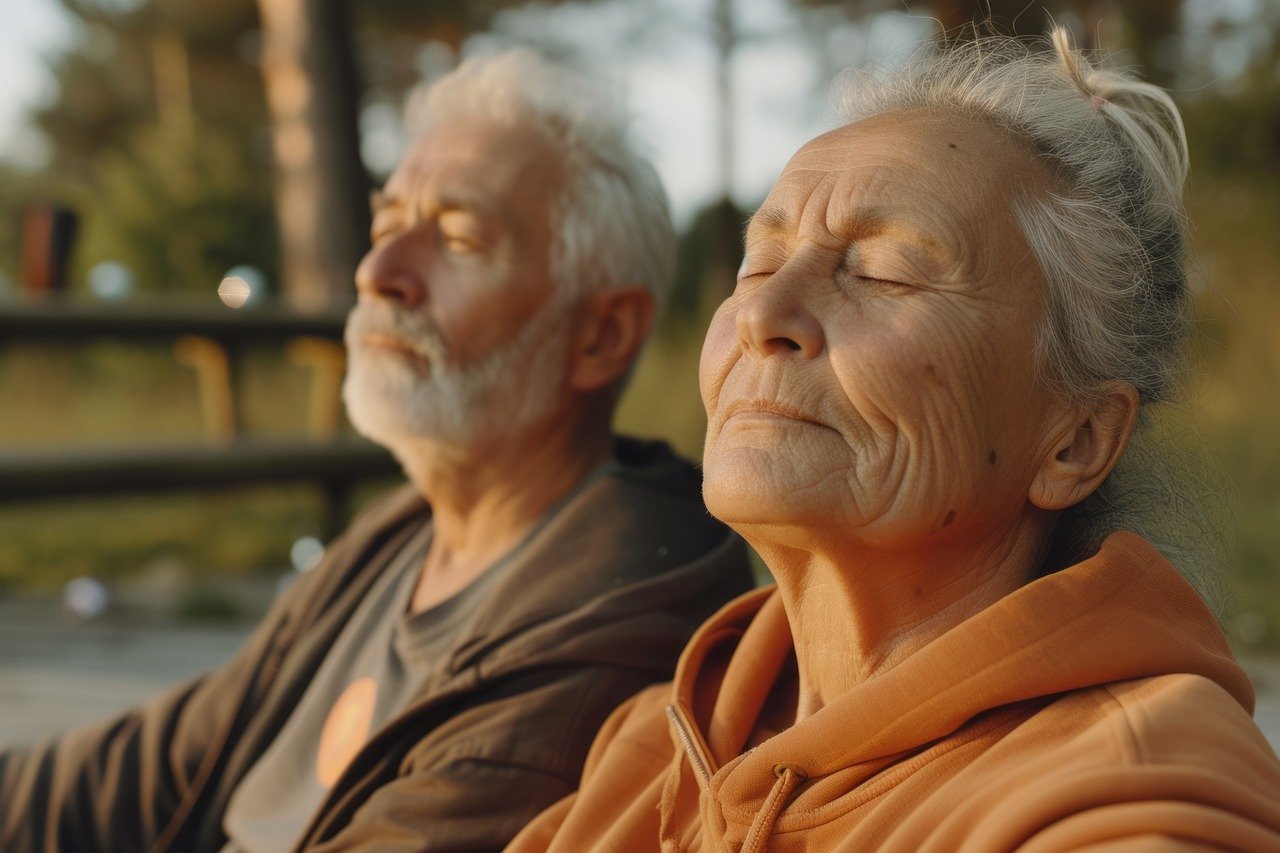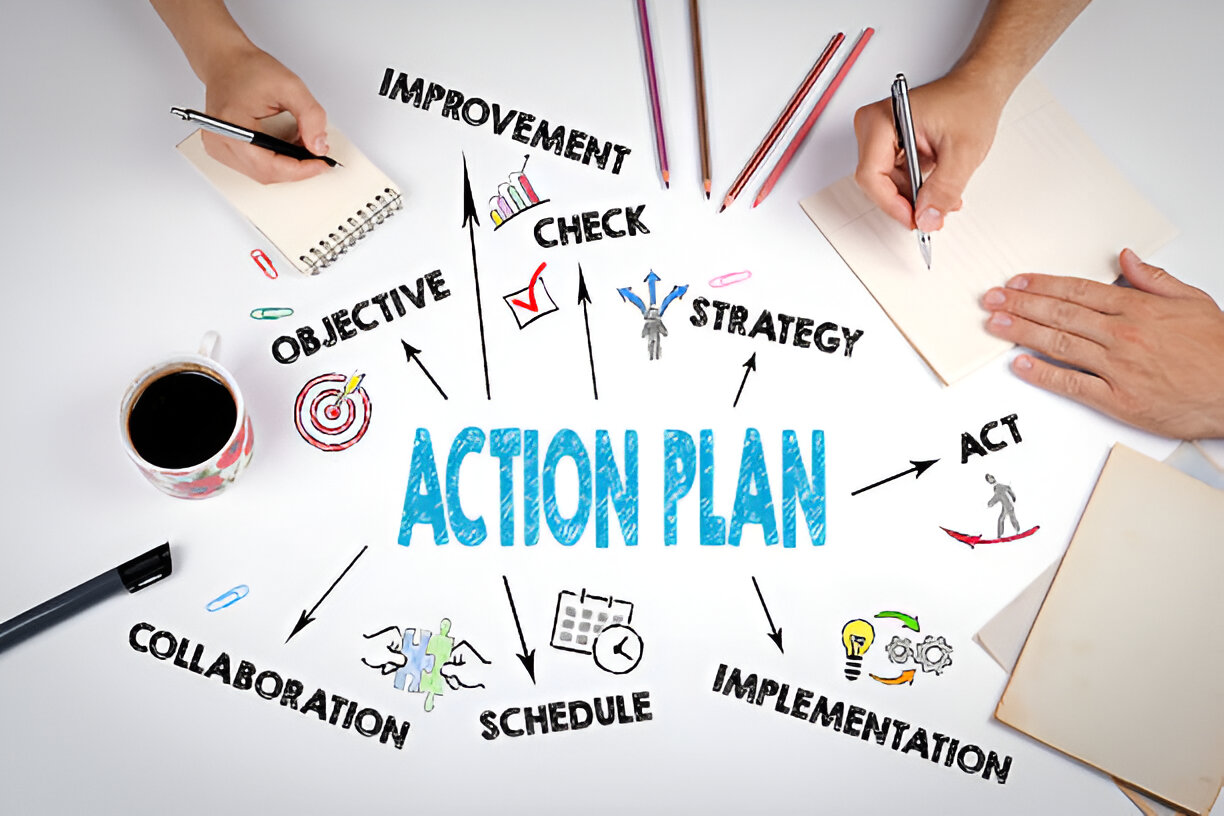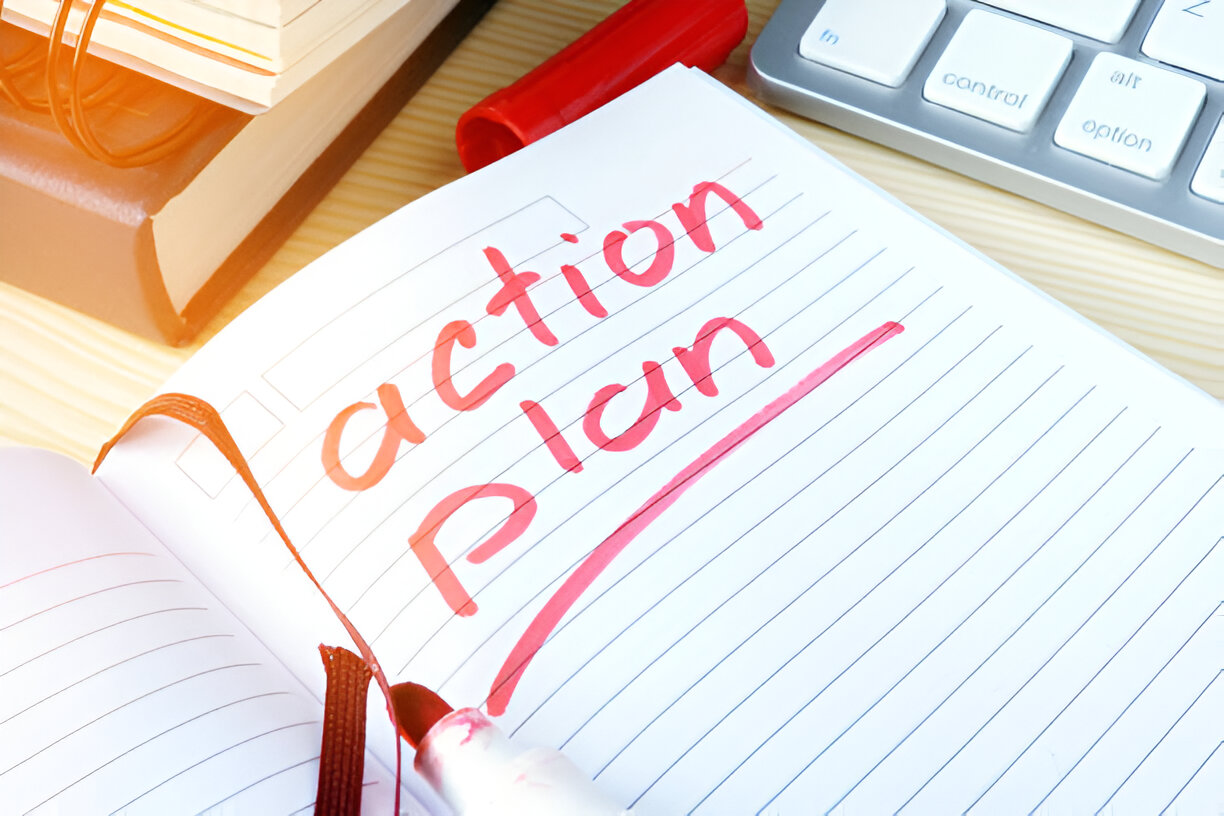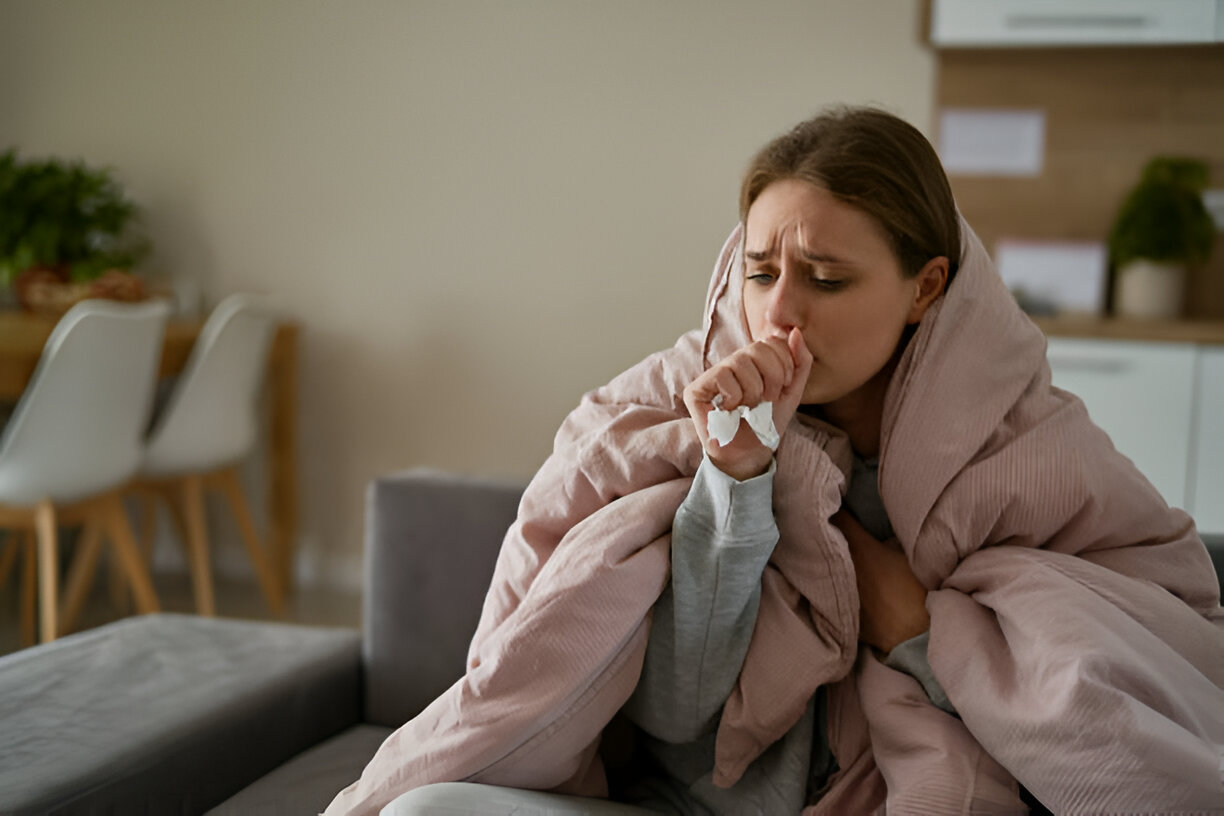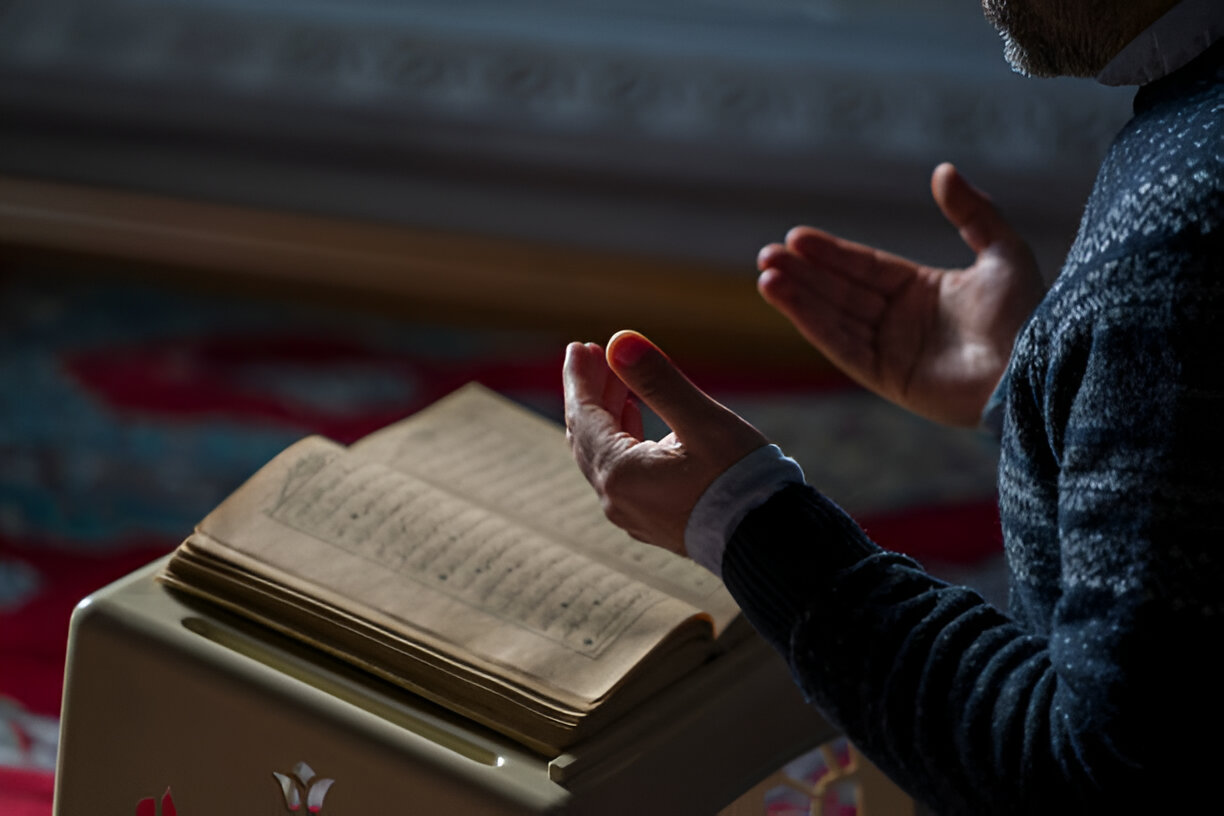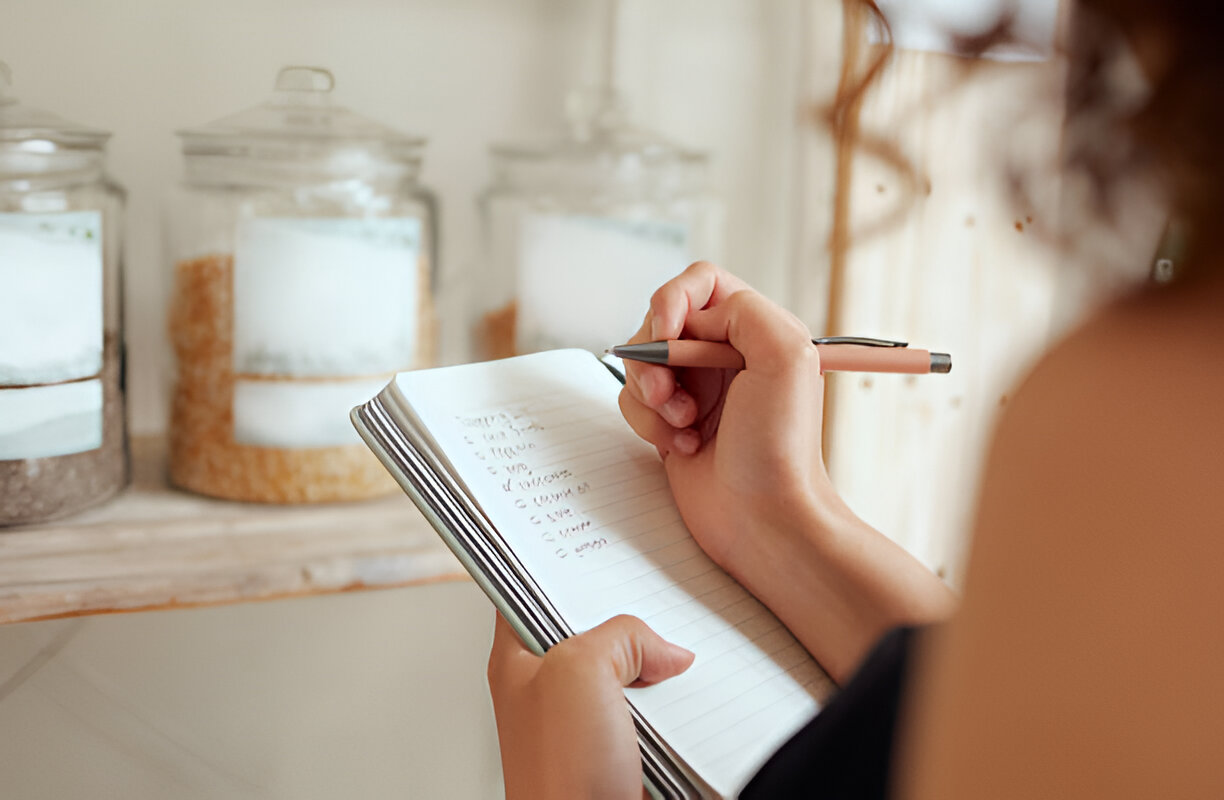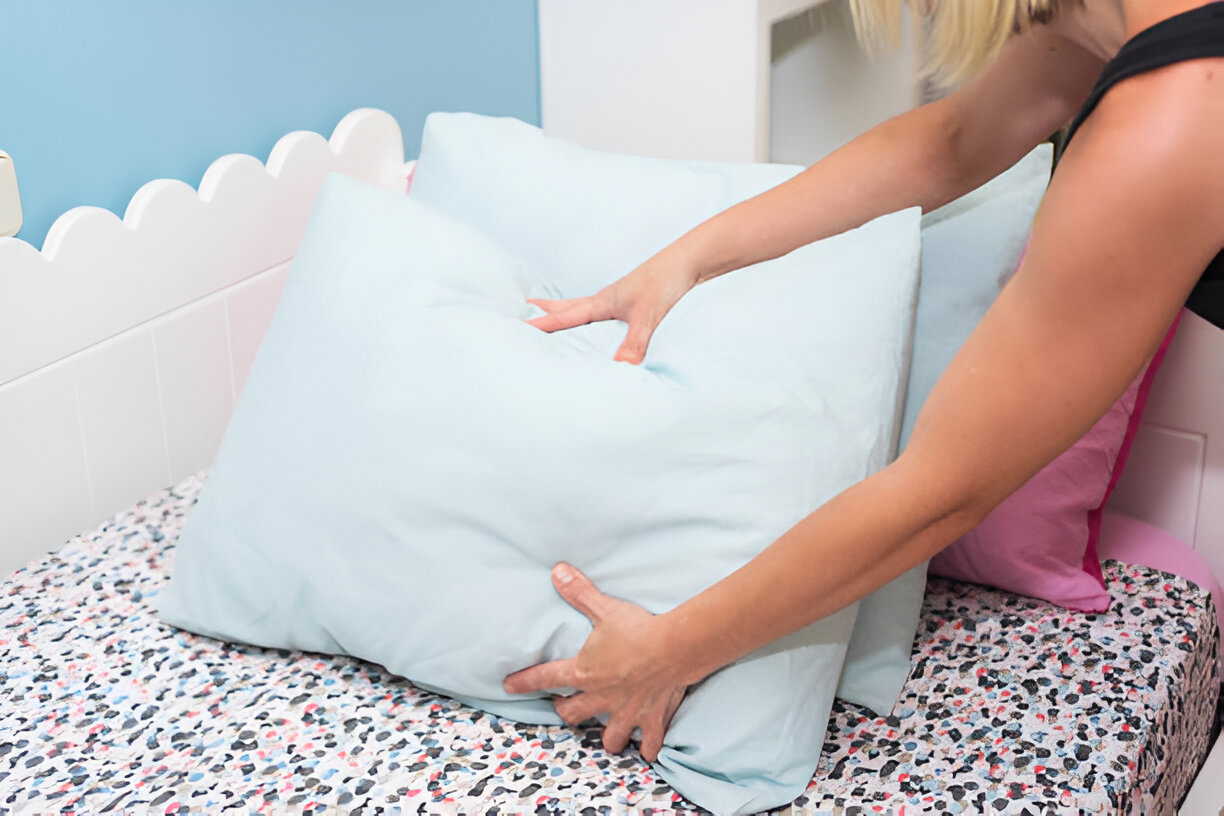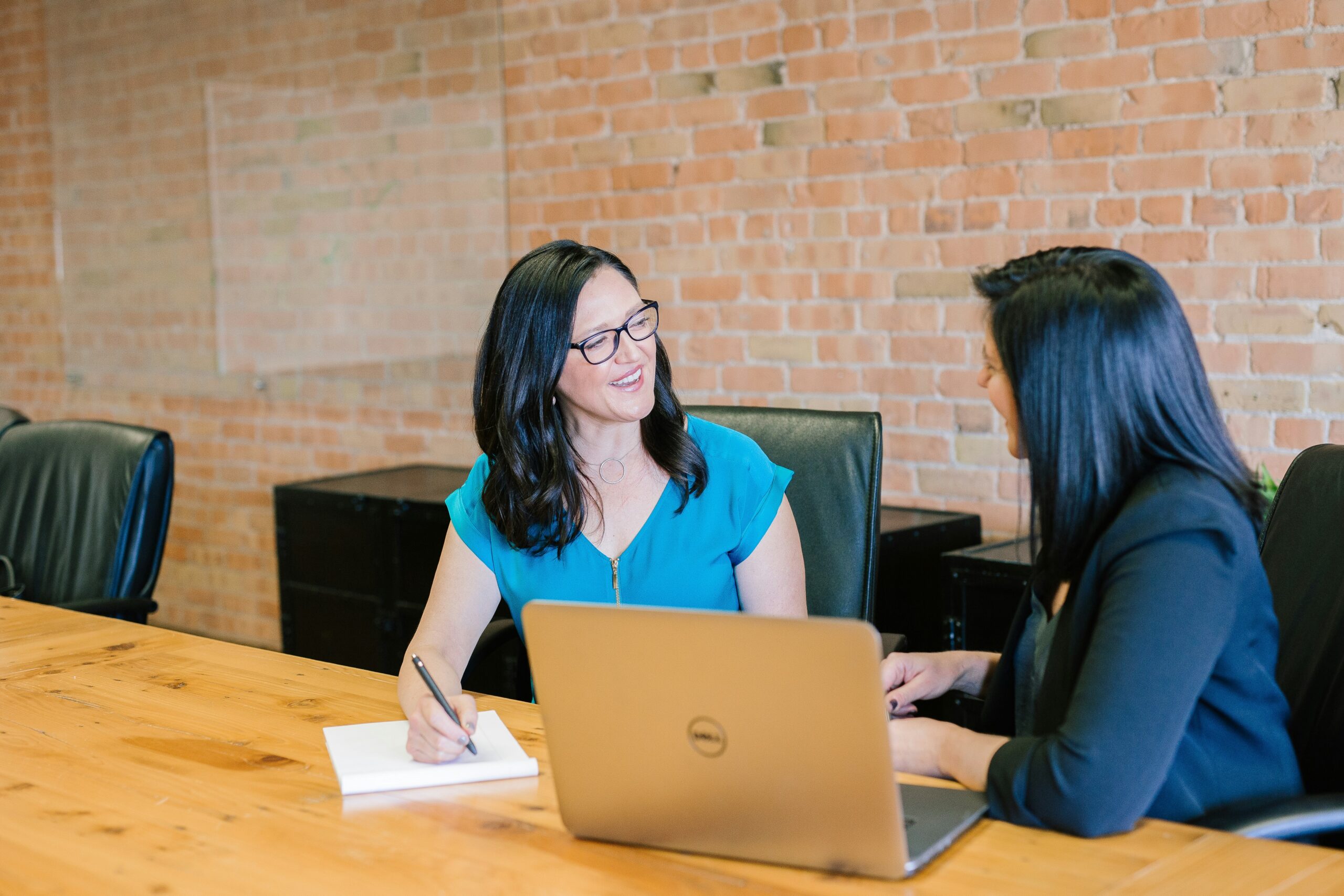
If the elixirs were to be put to the test, many experts suspect they'd produce lackluster results. Bruce Barrett, M.D., a leading cold researcher at the University of Wisconsin-Madison, pegs the efficacy of even the best over-the-counter cough and cold drugs at a measly 20 percent. Nor does Michael Carome, M.D., deputy director of the Health Research Group at the consumer advocacy outfit Public Citizen, have much faith in traditional cold and flu medicines. “We would characterize them as being of extremely limited effectiveness — but with many side effects,” he says.
We all know how awful the symptoms of sickness can be; once the virus has set up camp in the nose or thr oat, the body launches an all-out attack. “With a cold, the immune system produces mucus to drive the virus out, sends white blood cells to the scene of the attack to clean stuff up, and leaves you feeling weak or tired,” Barrett explains. Of course, once a cold or flu has taken hold, you can't reverse the course of events, so the best you can hope for is a reduction in symptoms. Unfortunately, drugmakers seem to have little to offer against them. And the drugs' side effects can be nearly as debilitating: Decongestants can spark rebound stuffiness and in some cases lead to cardiac arrhythmia; cough syrups can knock you out; some fever reducers tax the liver, while others irritate the gastrointestinal tract.
Still, new research suggests that our first-aid kits aren't entirely useless. The placebo effects induced by simply taking action against an illness can be surprisingly powerful, and well worth the effort of harnessing them.
The Imagined Cure

Placebos have a long history. Even the ancients knew what powerful healers our beliefs could be, and for centuries medical training included instruction on placebo tactics to aid patients when nothing else seemed to work. “All the world knows there is no virtue in such charms or cures,” wrote the 16th-century scientist Robert Burton, “but a strong conceit and opinion alone.” Since at least the late 1700s, the word placebo (from the Latin for “I shall please”) has referred in medicine to an inert substance falsely presented as a real drug to improve health.
The concept of using a fake treatment to help discern quackery from real medicine also goes way back: In 1784, Benjamin Franklin, using a treatment and a control group, debunked a remedy supposedly based on “animal magnetism.” But it wasn't until 1938 that scientists assigned the placebo moniker to the would-be medicine used to challenge the effectiveness of the real stuff — in a trial involving the common cold. At the time, a vaccine to prevent the respiratory illness appeared to be highly successful. Its developers wrote that the pills had produced “a great reduction in the number of colds” compared to control groups that received no pills at all. When put head-to-head against dummy capsules, however, the vaccine turned out to work no better.
In the 1940s, as clinical trials began routinely pitting potential new treatments against placebos, a strange trend emerged: The control groups, high on flour pills and saline shots, improved right alongside their drugged counterparts. Over the last decade, researchers have begun circling back to the ancients' sneaky but successful tactics, studying placebos not just as a hindrance that can make real effects difficult to discern, but as a genuine kind of treatment.
The hallmarks of colds are subjective symptoms, the kind that respond best to a placebo. (A diabetes patient, for example, wouldn't want to manage her condition via the power of belief alone.) And since these viruses are often more nuisance than a threat, they make an ideal laboratory for self-experimentation. Researchers are beginning to believe that placebos might be the best weapon we have in the battle against illnesses. When it comes to treating colds and flu, says Barrett, “placebo effects are certainly more significant than drug effects.”
Treatment Without Trickery

The real game-changer in placebo research came just a few years ago. In a paradigm-shifting 2010 study at Harvard Medical School, researchers recruited patients with irritable bowel syndrome, a chronic condition that, like colds, is not life-threatening, is characterized by subjective symptoms, and doesn't respond particularly well to medications. One group knowingly swallowed sugar pills every day; the other took nothing at all. “In three weeks,” says lead author Ted Kaptchuk, “we got a huge placebo effect in the pill-taking group. The results were as good as those of the most effective drugs ever tested.” Placebo takers experienced double the symptom relief of those who didn't take anything during the experiment and scored higher when measured for their perceived quality of life.
Kaptchuk and his colleagues explicitly told participants that they were being given pills that contained no active medication. But they also stressed that “placebo pills, something like sugar pills, have been shown in rigorous clinical testing to produce significant mind-body self-healing processes.” Some patients even insisted to the researchers that they didn't think the dummy pills would work. But even the skeptical placebo takers had much greater symptom relief than those given no treatment.
The explanation seems to be that unconscious learned associations are a key part of the placebo effect. People become conditioned to the rituals of medicine, in other words, which cue our brains and immune systems to respond to things like pills and injections by self-healing. In 2007, an Italian study showed that among athletes given weekly morphine injections, those given one replacement injection of saline yielded a boost in pain tolerance equivalent to what they had experienced with morphine. (Animals exhibit a similar conditioned response: In one experiment, rats that were regularly given a saccharin-sweetened drink laced with an immune-suppressing drug eventually showed immune suppression in response to an undoctored sweet drink as well. A later study showed that in rats whose brains had linked saccharin with the drug, a sugary taste alone prevented their bodies from rejecting a transplanted rodent heart for significantly longer than the bodies of unconditioned rats did.)
In humans, a strong belief in a remedy's effectiveness may produce even better results. Last year, Barrett and his colleagues reported that regardless of whether people had taken the herbal cold remedy echinacea or a placebo labeled as such, if they had faith in echinacea's ability to fight off an upper respiratory infection, they experienced a 26 percent drop in symptom severity and felt better two and a half days earlier than those who had no faith in the supplement. “If you think it works,” Barrett says, “it does.”
This Is Your Brain Off Drugs

Ongoing neuroscience research provides another clue to the puzzle of how saline water or sugar pills can spur results. Researchers have found that drugs that block the release of opioids — the feel-good brain chemicals that naturally curb pain — also strip placebos of their hurt-relieving power, suggesting that ingredient-free interventions trigger the release of the brain's natural painkillers. It's no coincidence that placebos work so well against such cold and flu symptoms as muscle aches, sinus headaches, and general malaise.
But pain isn't the only cold symptom that involves opioid effects. The region of the brain that controls coughs is also heavily populated by opioid receptors; not surprisingly, the most effective medications to fight coughs are opioids (such as codeine). However, 85 percent of the relief attained from cough syrups that contain active medication can also be achieved with a placebo, according to research out of Cardiff University, in Wales. Several other sets of druglike brain chemicals may also help placebos work their magic. Blocking endocannabinoids, chemicals with marijuana-like effects, interferes with placebos' ability to fight pain, according to a 2011 study. Dopamine, a key neurotransmitter in reward and pleasure that produces the power and confidence often associated with cocaine use, also appears to be a player.
While scientists are just beginning to understand these effects, placebo research continues to produce remarkable results. Several studies have found that injections work better than pills, for example, and that two sugar pills have a stronger effect than one does. Along similar lines, placebos that people believe to be expensive perform better than “cheap” replicas. Some research even suggests that the placebo effect boosts the power of brand-name medications, accounting for their performance edge over generics.
Nothing to Sneeze At
So how can you use the placebo effect to prevent or fight off your illnesses this winter? “The main thing is to put yourself in control,” says Ronald Eccles, Ph.D., director of the Common Cold Centre at Cardiff University. “Believe in your inner ability to fight off colds and flu, and take your favorite remedy.” When he feels his health is flagging, Eccles says, he reaches for vitamin C — one of several alternative remedies that have equivocal evidence of effectiveness for colds and little chance of causing harm, making them good choices for self-treatment. (See “Remedies to Believe In,” page 119.) As he takes the pills, Eccles silently affirms that he knows they will help. That way, he says, “I'm not relapsing into helplessness and stress.”
Another way to enhance the body's response to cold-fighting remedies is to ensure that you feel loved: Social support reduces vulnerability to all types of illness, including colds and flu, by cutting stress. When exposed to a virus, parents are about half as likely to develop a cold as exposed non-parents. And the bigger a parent's brood, the stronger her resistance, a Psychosomatic Medicine report showed. (Scientists think that social support, not just increased immunity thanks to constant exposure, is behind the effect.) Even if you do succumb, feeling understood and cared for, either by your doctor or by family and friends, can reduce the severity of your symptoms. A study by Barrett and his colleagues found that people who felt that their physicians were more empathetic had slightly shorter, milder colds as well as greater immune responses.
“The kind of remedies and comfort measures your grandmother used — in my family, it was honey and lemon juice in warm water — has a big impact on cold symptoms,” says Josephine Briggs, M.D., director of the National Center for Complementary and Alternative Medicine, in Bethesda, Maryland. Since these reassuring associations are built during childhood and are probably at least partly subconscious, it doesn't matter whether Mom or Grandma is there to administer the remedy. “Pills might help,” she says, “but mind-body approaches are a critical tool in symptom management.”
Remedies to Believe In
Some of our favorite home treatments have shown promise in helping to prevent and treat colds. Taken with optimism, of course, they're even more likely to offer relief.
1. Echinacea

A Cochrane Summary, which synthesized a wealth of medical evidence, found that Echinacea purpurea may reduce the duration and severity of colds. It's unclear how it works; the plant may impair the immune response to reduce annoying symptoms, or it might enhance the response to cut the time a body needs to fight the cold. (The herb is related to ragweed, so those with an allergy should use caution.)
At the first sign of a cold, begin taking an Echinacea purpurea preparation, such as 400 mg capsules ($9), as directed on the packaging.
2. Zinc

While nasal preparations of this element have been pulled from the market because they were shown to damage the sense of smell, zinc lozenges or syrups may shorten colds and relieve symptoms when taken within 24 hours of the onset of symptoms, research suggests. Some people experience side effects, such as a bad taste and nausea, which are more common with lozenges than with syrups.
Take zinc gluconate or acetate ($12) every one to two hours at the onset of symptoms.
3. Probiotics

The gut houses most of our immune cells, and “friendly” bacteria help keep it in good working order. A large meta-analysis found weak evidence of probiotics' effectiveness, but it did suggest that people who use these products regularly get fewer colds. The problem is the huge number of different products lumped into one category. There are thousands of types of beneficial bacteria, but lactic acid bacteria and bifidobacteria are some of the most common (and commonly studied) ones.
Eat probiotic foods (such as yogurt and kimchi) or try daily supplements like Probiotic-10 25 Billion ($30,).
4. Meditation

Eight weeks of mindfulness meditation training cut the number and severity of colds among subjects by as much as 60 percent, a study out of the University of Wisconsin-Madison reported. The practice reduces stress and negative emotions–two factors linked with illness. Study subjects meditated for hours a week, but even brief mindful moments may help.
Sit comfortably and focus on the breath, letting go of thoughts and distractions when they intrude. Gradually work up to as many as 45 minutes, five days a week. And practice mindfulness anytime by focusing on the “now” rather than on worries.
5. Exercise

Mounting research shows that exercise can reduce the number and severity of colds, probably because it reduces stress and boosts overall health. A 2011 study also found that people who did aerobic exercise five or more days a week experienced 43 percent fewer colds over 12 weeks than couch potatoes did.
Aim for a moderate cardio workout (brisk walking or more) for at least 45 minutes, five days a week. If you have a cold, light exercise might make you feel better, but don't overdo it.
6. Honey

The sticky stuff seems to work as well as cough medicines for putting an end to hacking. The sweetness promotes salivation, soothing the throat, and the sugary hit may trigger the release of opioids (natural cough inhibitors) in the brain. A study of buckwheat honey — made by bees that pollinate only buckwheat plants — showed that it was more effective for children's nighttime coughs than dextromethorphan, a common cough medicine ingredient. (Note: The study was funded by the National Honey Board.)
Take a spoonful 30 minutes before bed or as needed. Avoid giving to children under the age of 1.
7. Vitamin C

More than 30 clinical trials have put this antioxidant to the test for its cold-prevention and treatment properties — but for every study that showed a clinically significant benefit, another showed no result. Still, a Cochrane Summary concluded that C has “a modest but consistent effect in reducing the duration and severity of common cold symptoms,” and apart from sometimes causing nausea at very high doses, the supplement is safe.
Take 1,000 to 3,000 mg of a supplement like Ester-C ($26) at the start of a cold.





